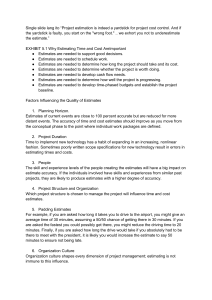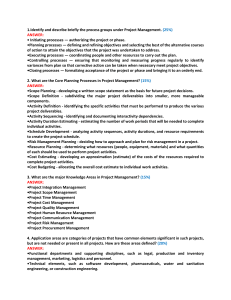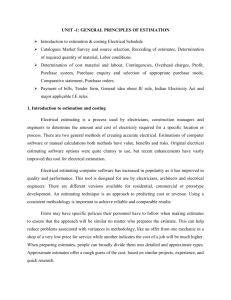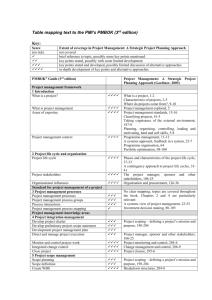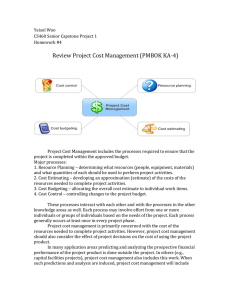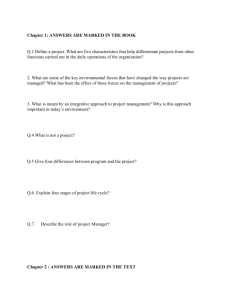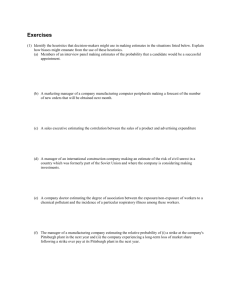Methods for Estimating Task Duration
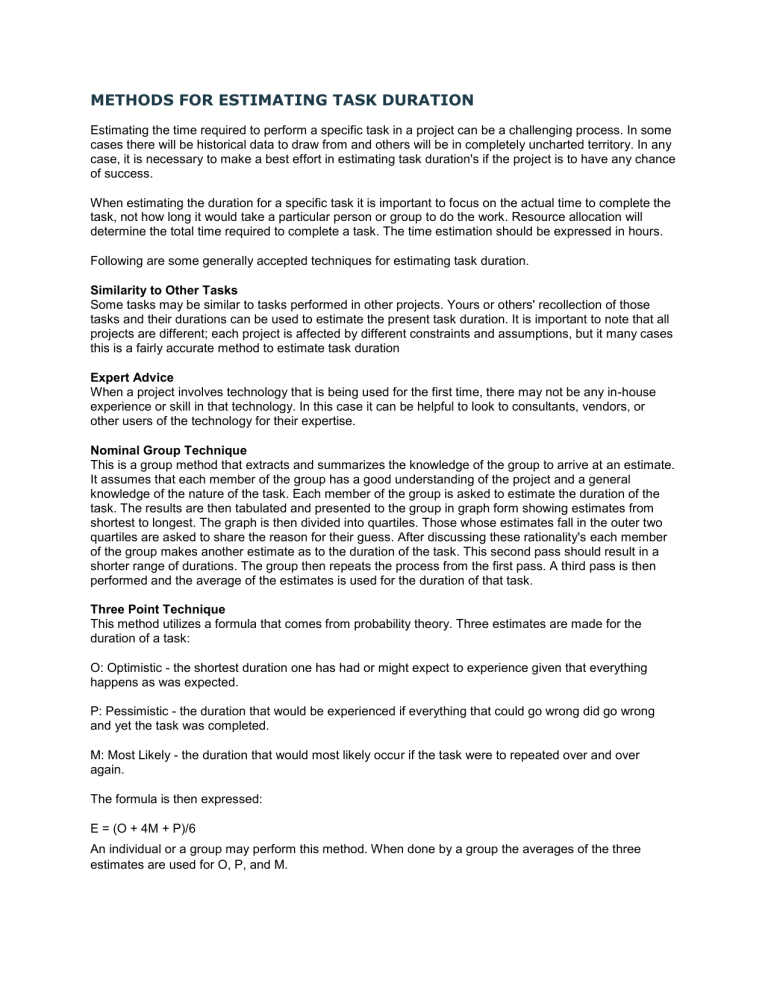
METHODS FOR ESTIMATING TASK DURATION
Estimating the time required to perform a specific task in a project can be a challenging process. In some cases there will be historical data to draw from and others will be in completely uncharted territory. In any case, it is necessary to make a best effort in estimating task duration's if the project is to have any chance of success.
When estimating the duration for a specific task it is important to focus on the actual time to complete the task, not how long it would take a particular person or group to do the work. Resource allocation will determine the total time required to complete a task. The time estimation should be expressed in hours.
Following are some generally accepted techniques for estimating task duration.
Similarity to Other Tasks
Some tasks may be similar to tasks performed in other projects. Yours or others' recollection of those tasks and their durations can be used to estimate the present task duration. It is important to note that all projects are different; each project is affected by different constraints and assumptions, but it many cases this is a fairly accurate method to estimate task duration
Expert Advice
When a project involves technology that is being used for the first time, there may not be any in-house experience or skill in that technology. In this case it can be helpful to look to consultants, vendors, or other users of the technology for their expertise.
Nominal Group Technique
This is a group method that extracts and summarizes the knowledge of the group to arrive at an estimate.
It assumes that each member of the group has a good understanding of the project and a general knowledge of the nature of the task. Each member of the group is asked to estimate the duration of the task. The results are then tabulated and presented to the group in graph form showing estimates from shortest to longest. The graph is then divided into quartiles. Those whose estimates fall in the outer two quartiles are asked to share the reason for their guess. After discussing these rationality's each member of the group makes another estimate as to the duration of the task. This second pass should result in a shorter range of durations. The group then repeats the process from the first pass. A third pass is then performed and the average of the estimates is used for the duration of that task.
Three Point Technique
This method utilizes a formula that comes from probability theory. Three estimates are made for the duration of a task:
O: Optimistic - the shortest duration one has had or might expect to experience given that everything happens as was expected.
P: Pessimistic - the duration that would be experienced if everything that could go wrong did go wrong and yet the task was completed.
M: Most Likely - the duration that would most likely occur if the task were to repeated over and over again.
The formula is then expressed:
E = (O + 4M + P)/6
An individual or a group may perform this method. When done by a group the averages of the three estimates are used for O, P, and M.




